1. Vultures Dip in Decay
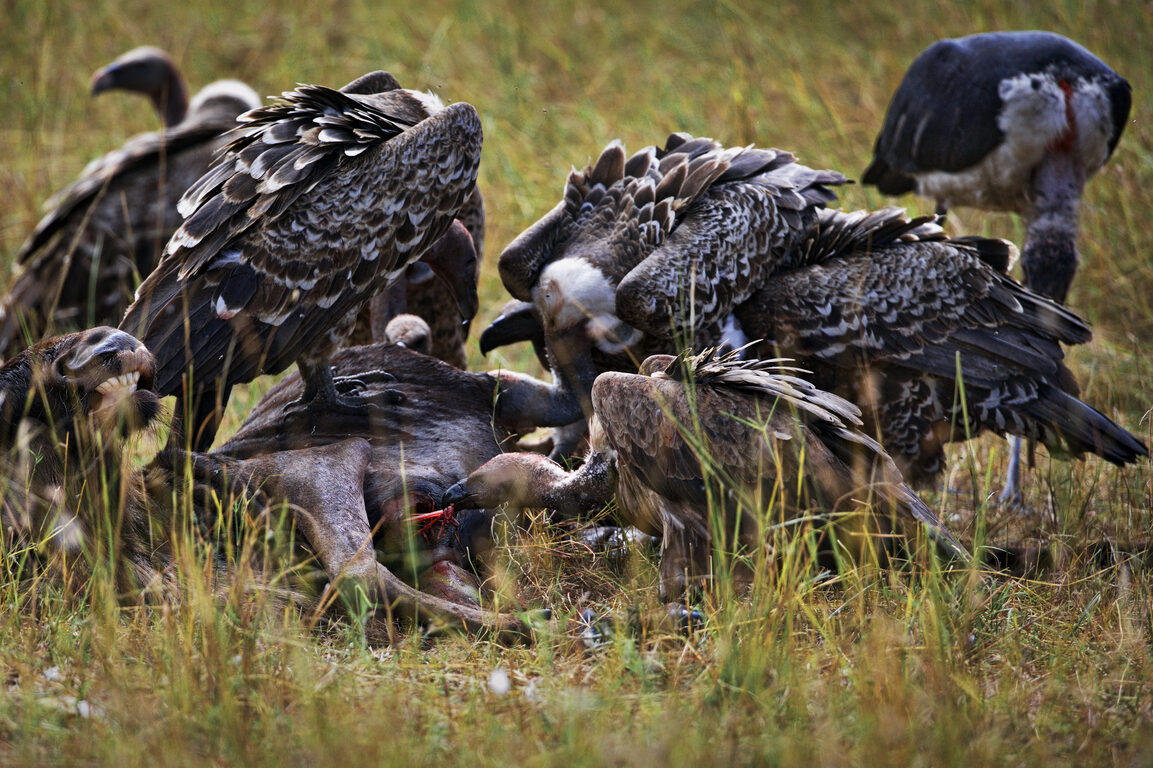
Vultures are nature’s cleanup crew, but their dining habits are far from refined. They plunge their bare heads into animal remains, a design that prevents bacteria from clinging to feathers. Though the scent can linger after a meal, their role is essential—removing carrion and helping prevent the spread of disease. It may not be graceful, but it’s a vital part of the natural order that keeps ecosystems balanced.
2. Pigs Roll in Filth on Purpose
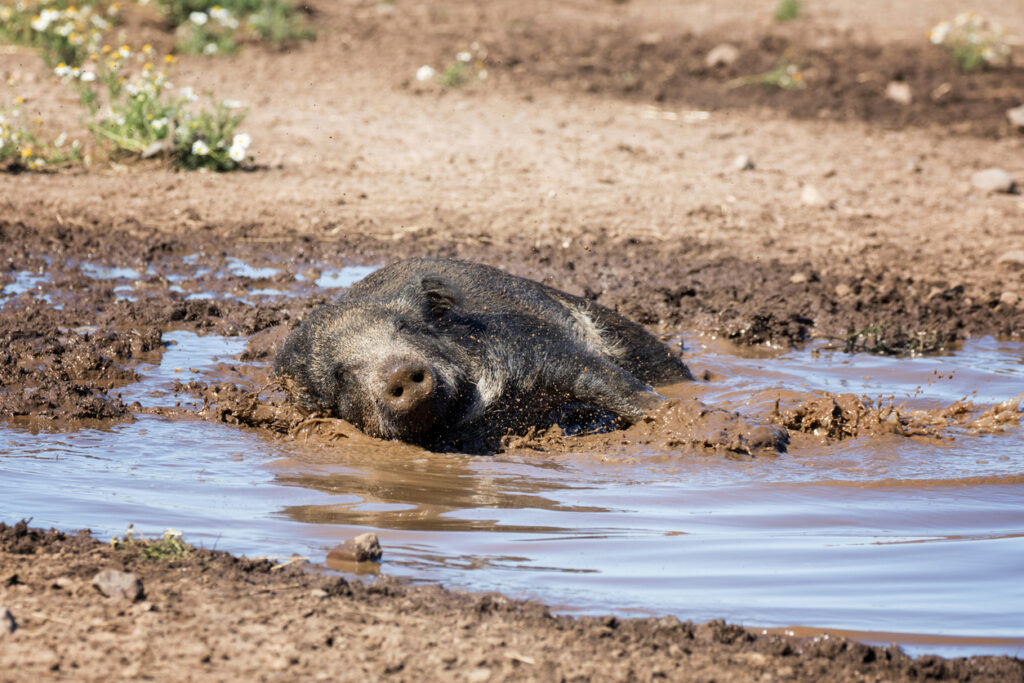
Pigs have a reputation for being dirty, and in the wild, they embrace it. Wallowing in mud mixed with waste keeps them cool and deters parasites. While farm pigs are generally much cleaner when given space, the instinct to roll in earthy puddles remains strong. To pigs, this ritual is like a refreshing spa day—unconventional, yes, but entirely functional.
3. Komodo Dragons Let Bacteria Fester
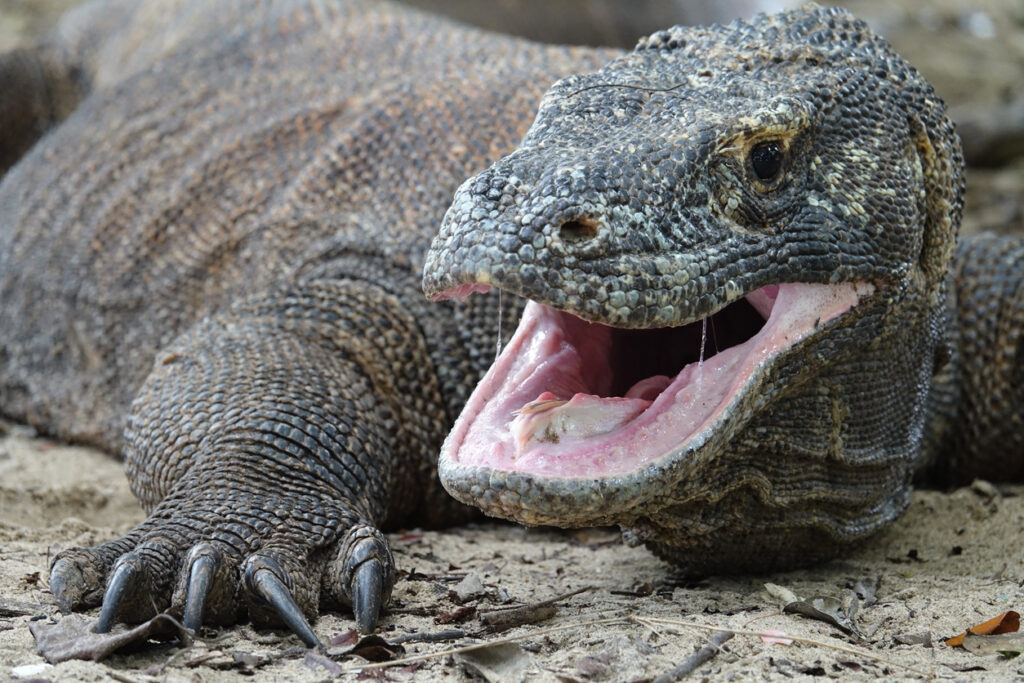
Komodo dragons are powerful hunters with a unique strategy. After feeding, they don’t clean their teeth, allowing bits of food to remain between them. Over time, bacteria builds in their mouths, turning each bite into a potential infection. While it sounds unpleasant, this adaptation makes them even more effective predators—proof that nature sometimes trades tidiness for survival.
4. Hippos Poop-Spin to Mark Territory
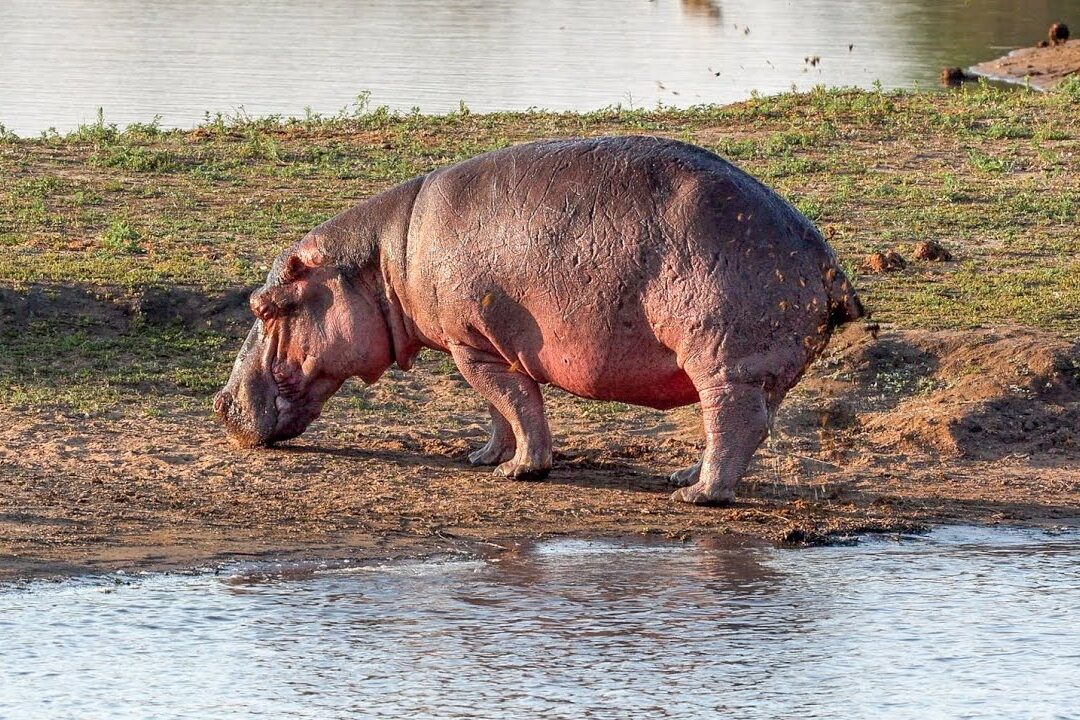
Hippos have a memorable way of claiming space. When marking territory, they rotate their tails while defecating, scattering waste over a wide area. This bold display communicates dominance and deters rivals. It’s messy, no doubt, but in the world of wild signaling, it gets the job done with unmistakable flair.
5. Koalas Rub Stinky Glands on Trees
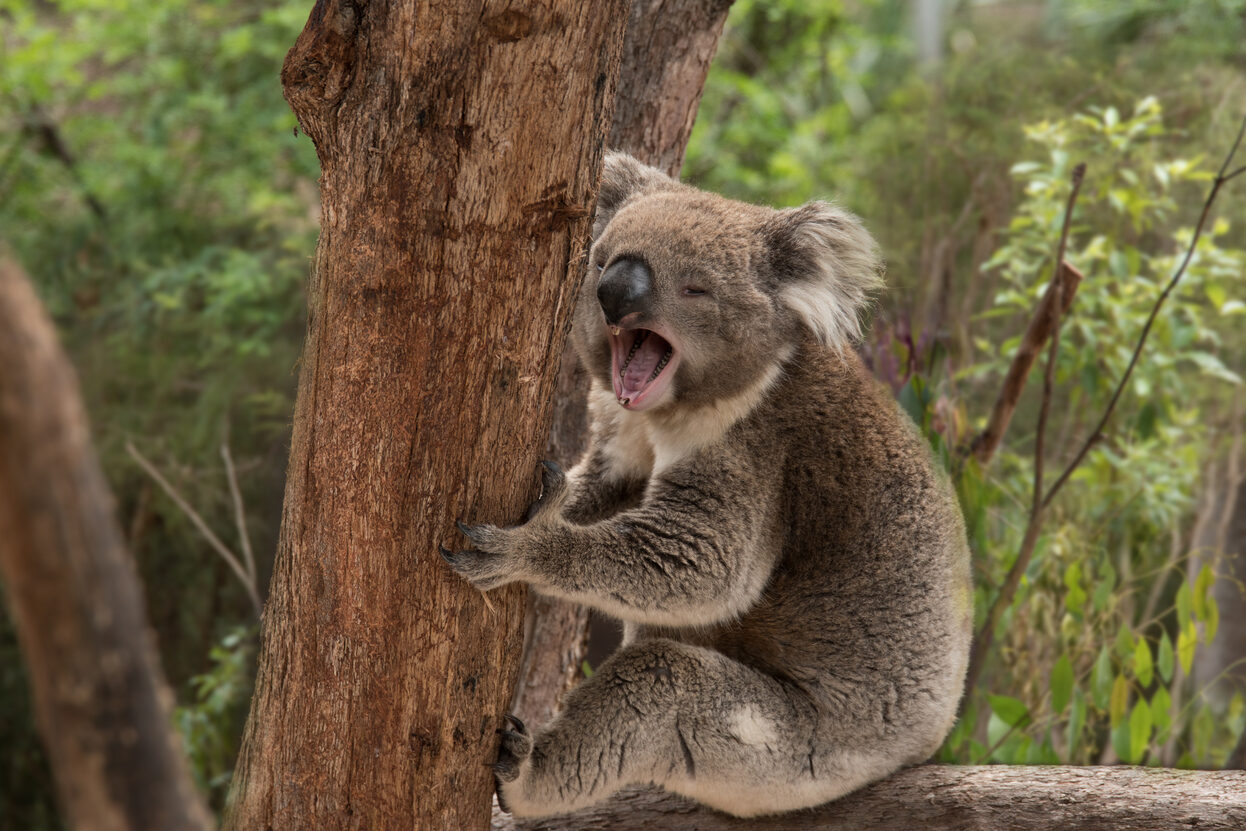
Koalas might seem cuddly and clean, but their way of leaving messages is anything but. Males have scent glands on their chests that ooze an oily, musky substance. They rub this smelly secretion onto tree trunks to mark territory or attract a mate. The odor lingers long after, mixing with the natural eucalyptus smell in the air. While it works well for koalas, it leaves trees coated in grime that no rain can easily wash away. It is a surprisingly pungent ritual from a creature we often imagine as soft, sweet, and forever clinging to clean branches.
6. Sloths Grow Algae in Their Fur
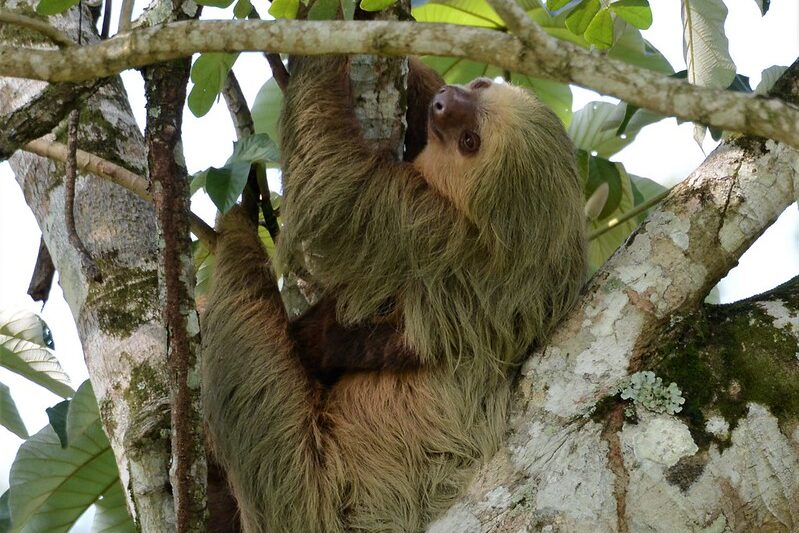
Sloths move so slowly that their fur becomes a miniature ecosystem. Over time, algae and even tiny moths take up residence, giving their coats a greenish tint that helps with camouflage. What might seem unkempt is actually an advantage in the treetops. This symbiosis turns the sloth into one of nature’s quietest recyclers—carrying a living garden on its back, all without breaking a sweat.
7. Sea Cucumbers Expel Their Guts

When threatened, sea cucumbers rely on a dramatic form of escape. They eject their internal organs out the back, creating a sticky, distracting cloud. Predators often pause to investigate, giving the sea cucumber a chance to slip away. The organs regenerate over time, making this bizarre tactic a reusable, if messy, defense strategy.
8. Hoatzin Birds Smell Like Manure

Nicknamed the stinkbird, the hoatzin has a distinctive odor caused by a unique digestive process. Much like cows, it ferments leaves in its gut, resulting in a barnyard-like aroma. The smell serves as a natural deterrent to predators and makes these tropical birds easy to locate by scent. It’s a trait that sets them apart, showing how evolution sometimes favors function over fragrance.
9. Hedgehogs Spit on Themselves
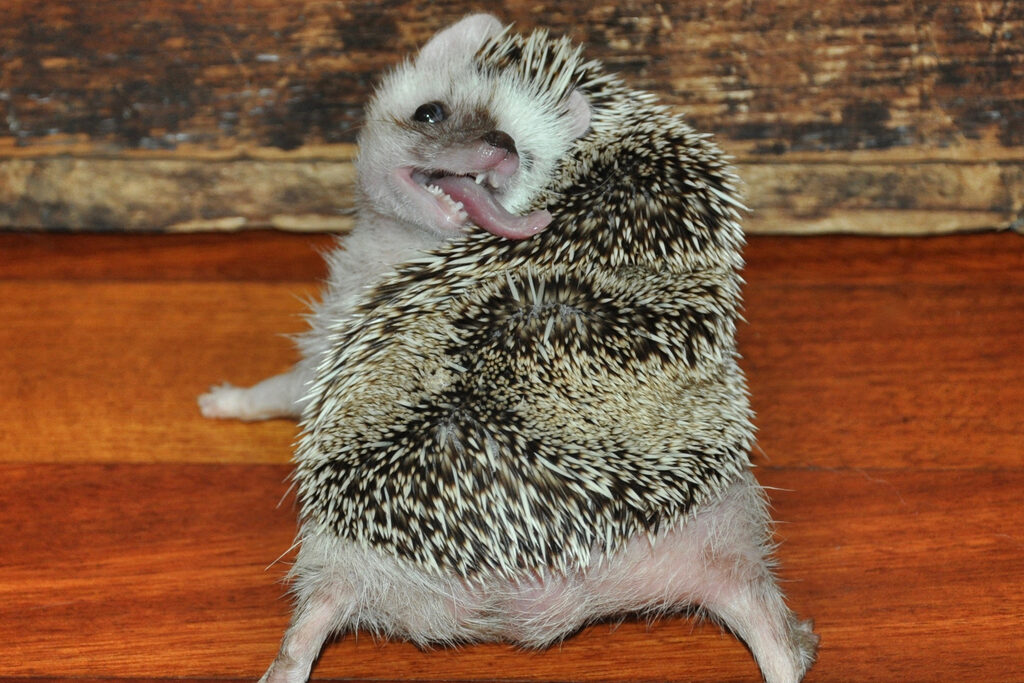
When hedgehogs encounter a new scent or taste, they react in a very unusual way. They start foaming at the mouth, producing a frothy saliva that they spread onto their spines using their tongues. Scientists call this self-anointing, but the purpose remains unclear. It could be a form of scent camouflage or a way to test toxins safely. Whatever the reason, it leaves hedgehogs looking messy and smelling odd. Instead of grooming themselves clean, they coat their prickles in spit and mystery, turning what could have been a cute moment into one of nature’s strangest hygiene experiments.
10. How Giraffes Fall in Love: The Unusual Test That Starts It All
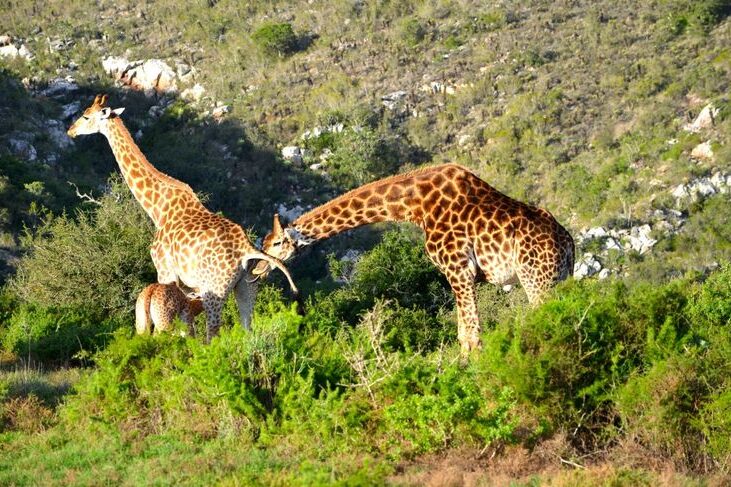
Giraffes have a curious way of figuring out if a female is ready to mate. A male will gently nudge her until she releases a small amount of fluid, then samples the scent to determine if she’s in heat. While it might seem unusual to us, this instinctive behavior is part of their natural courtship. In the wild, what may look strange through human eyes is simply how giraffes communicate love and timing beneath the open African sky.
11. Bearded Vultures Bathe in Blood

Bearded vultures take an unusual approach to personal style. They dip their feathers in iron-rich soil or blood from carcasses, staining themselves a dramatic orange-red. Scientists believe this may intimidate rivals or even help kill parasites. It’s a striking adaptation—part display, part survival strategy—that makes these birds stand out in the mountains they call home.
12. Camels Spit Nasty Goo When Angry
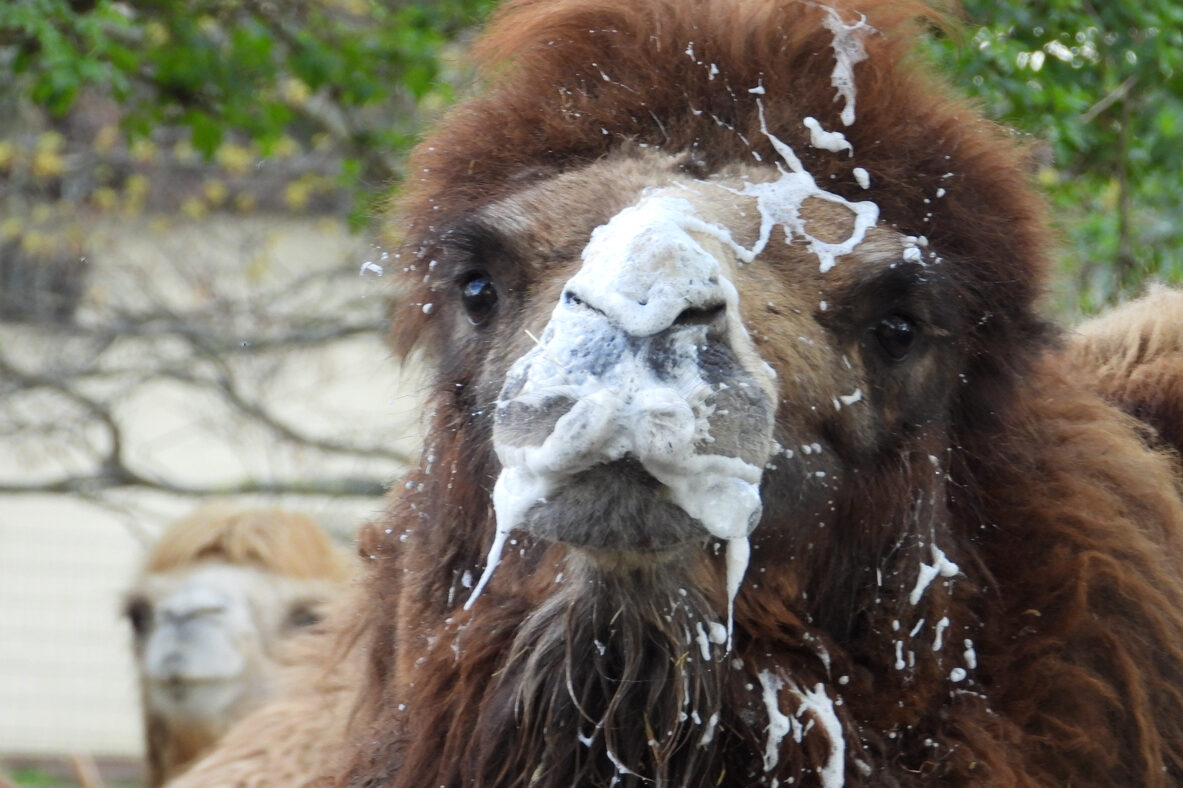
Camels are famously cranky, and their warning system is hard to ignore. When provoked, they spit a mix of saliva and partially digested food that smells strongly unpleasant. It’s more than just a spit—it’s a forceful, gooey deterrent designed to end arguments fast. A useful tactic in the harsh desert, even if it’s not the most polite.
13. Monkeys Throw It and Sometimes Eat It
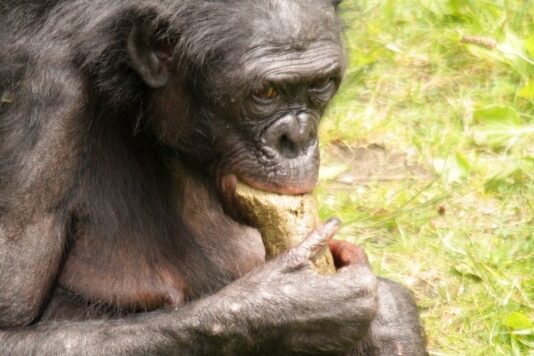
Some monkeys are known for their messy tempers. When upset or defensive, they may throw feces—an act that’s as disruptive as it sounds. In rare cases, certain species have been observed engaging in coprophagy, or eating their own waste, likely for nutrient recycling or gut health. It’s odd to us, but in the animal world, it’s just another curious behavior.
14. Turkey Vultures Vomit When Threatened

Turkey vultures are scavengers with a defense tactic that turns stomachs. When startled, they projectile vomit partially digested meat right at their attacker. The stench is overpowering, and the sight is enough to make most predators flee instantly. This habit also lightens the bird’s load, helping it take off faster if it needs to escape. It is survival over manners every time. There is nothing elegant about the act, but in the harsh wild, it is effective. Sometimes the only way to win a fight is to make sure your opponent wants no part of being near you.
15. Wombats Poop Cubes and Stack Them
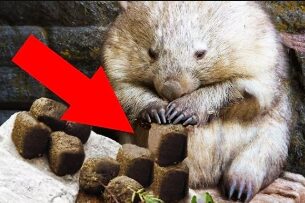
Wombats have a one-of-a-kind digestive process that produces cube-shaped droppings. These neatly packed pellets don’t just fall anywhere—they’re often stacked on rocks or logs to mark territory and signal to others. It’s part communication, part architecture, and all-natural. What seems strange to us is simply smart design in the animal kingdom.
16. Fish That Eat Waste Literally
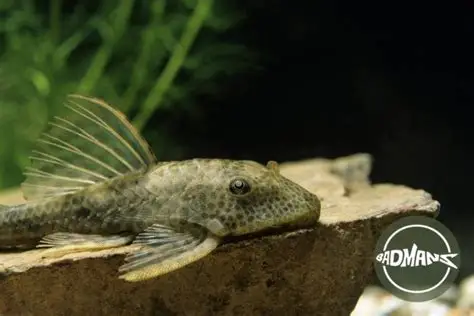
Some fish, like catfish and tilapia, are natural bottom feeders, cleaning up what others leave behind. In the wild or in tanks, they often eat the feces of other fish along with leftover food. While this keeps their environment from piling up with waste, it is not the most appetizing diet to imagine. These fish do not seem to mind the taste, turning filth into fuel for survival. Watching them sift through muck reminds you that cleanliness is not a top priority everywhere underwater. Sometimes, staying alive simply means eating what no one else wants to touch.
17. Ants Build Toilets Inside the Nest
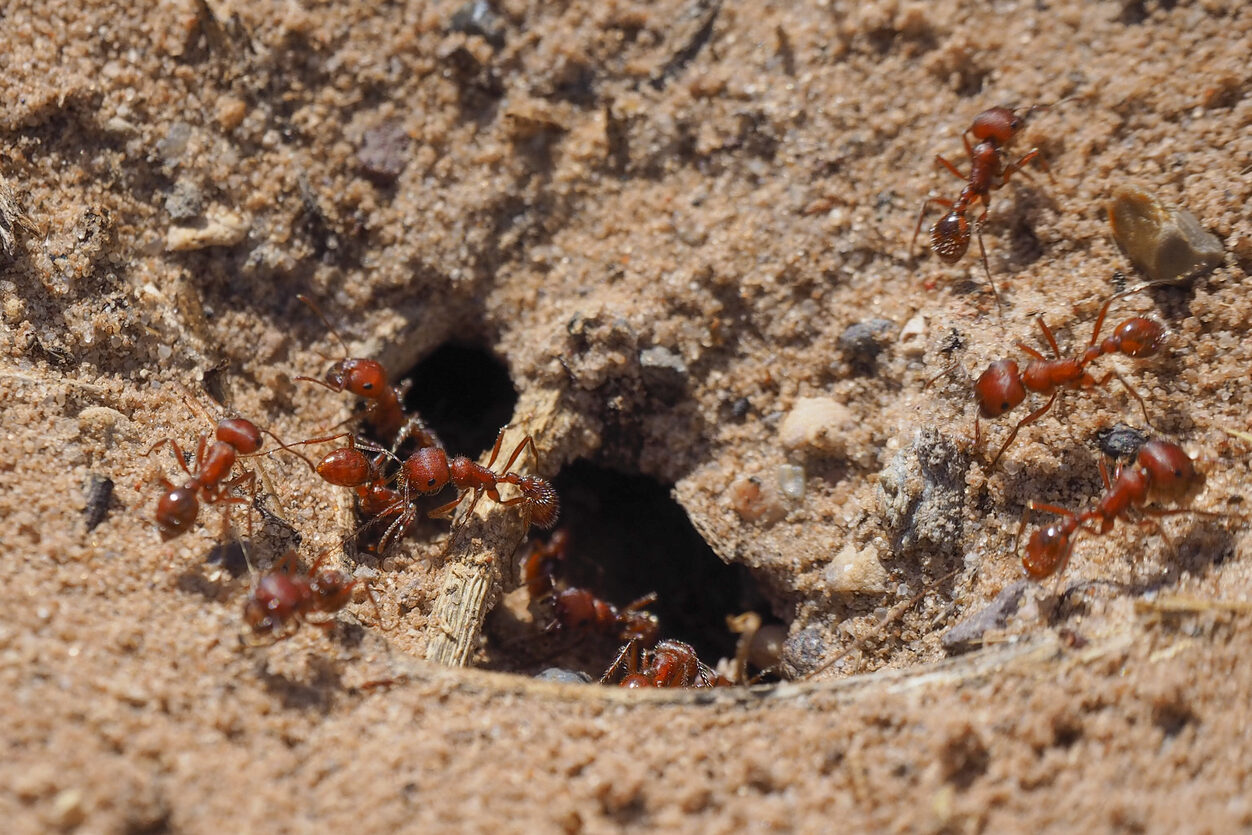
Ant colonies live in tight spaces, and with thousands of tiny bodies, hygiene could be a nightmare. Instead of wandering far, many species designate a specific corner of the nest as a toilet. Over time, this spot piles up with waste that the ants never remove. It is practical for keeping the rest of the nest clean, but the smell and sight are not pleasant. Imagine living with that many roommates and sharing one filthy bathroom forever. Even the smallest creatures have to deal with dirty realities in their otherwise highly organized little worlds.
This story 17 Animals with the Most Disgusting Hygiene Habits was first published on Daily FETCH


